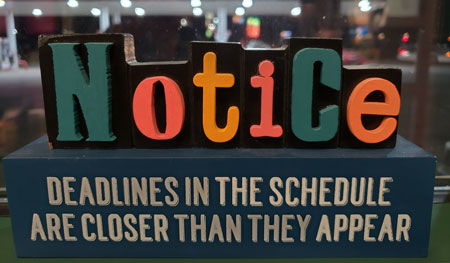There is one breed of strategic planner that cares more about the format of the strategic business plan than its contene. This type of strategic planner spends more time making sure every cell, form, and template is completed EXACTLY as they envisioned. Whether things are filled out in a way that moves the organization forward is nearly incidental.
Brainzooming subscribes to the idea that there is no one-way-fits-all approach to a strategic business plan. The right strategic business plan is the one that moves your organization forward, improving your success now and in the future. If a plan does not readily transfer to implementation, it does not count for much.
3 Strategic Business Plan Criticisms to Avoid
We find many executives have bought into the misguided idea that a plan must look a certain way for it to be right. Their frustrations typically surface because of gaps they perceive between their current plans and what THEY think a strategic business plan should be, include, or look like.
We tell them to give themselves a break.
If you are prone to this self-criticism and are saying any of the following about YOUR strategic plan, we suggest you set aside your concerns and move into implementation:
Self-Criticism 1. "There's too much in this strategic business plan."

A company president said this about a particularly meaty part of his strategic plan. I reminded them that the section he thought was too big addressed company culture. The company’s executives said it was critical to preserve the company’s culture as it tries to grow aggressively. Originally, they thought that meant not changing anything about the culture. We pointed out that maintaining the culture amid significant other changes requires considerable activity. It requires adapting and nurturing the culture as they grow. The plan’s time horizon is also three years, so not everything needs to be addressed right away.
For Your Organization: Make sure you don’t have too much activity bunched up in your plan’s first year of implementation. For a three-year plan, maybe, 50% of the tactics fit in the first year. Even that may be too aggressive. Give yourself some space and inject realistic timing into your plan.
Self-Criticism 2. "It's not specific enough. There aren't sufficient details."
Many executives work with detailed project plans in their daily activities. They expect a project plan, given its shorter time horizon, will be detailed. While it may be a familiar planning structure, a project plan is NOT a strategic plan. A strategic plan should lay out an overall direction. It should highlight big buckets of coordinated activities with a high probability of moving the organization in the intended direction. The Strategic plan won’t incorporate every implementation task.
For Your Organization: Don't hold yourself to project planning levels of detail in your strategic plan. Ideally, you're providing clear direction. Leave it up to implementation teams to review the plan early in their activities. Provide them the latitude to spell out more specific implementation steps. This creates ownership and helps those closest to implementation to shape the strategy work.
Self-Criticism 3. "Some things are in the wrong place or are there multiple times."
Everything in a plan should make sense, fit in the right order, and identify who owns implementation. There is a place for actively reviewing every detail of the plan to clean up obvious overlaps and move things to where they most naturally should live. There may be good reasons to make significant changes to how activities are grouped together. At some point, however, editing needs to give way to implementing.
For Your Organization: Implementation will never look exactly like it is spelled out in your strategic plan. You create a plan with your best sense of the future. Things will develop and change as you implement. Despite trying to get everything just so in the plan, implementation is never just so. It is typically messy and complicated. Far better to start and plan for flexibility and adaptation. That will lead to greater success than strategic planning precision.
Take a Break from Looking at the Plan, Too
At some point, you may have spent too much time looking at your strategic plan to even make good decisions about its organization. Take a break from it for a day or two. Think about what you really need the plan to accomplish. Then apply these three suggestions, and you should feel a lot better about your strategic plan! – Edited from Inside the Executive Suite




